DON'T MISS OUT
The Sony World Photography Awards exhibition is back with a powerful mix of photography and stories from around the world, featuring top talent and fresh perspectives.
Somerset House London, 17 April - 5 May.
The Sony World Photography Awards exhibition is back with a powerful mix of photography and stories from around the world, featuring top talent and fresh perspectives.
Somerset House London, 17 April - 5 May.
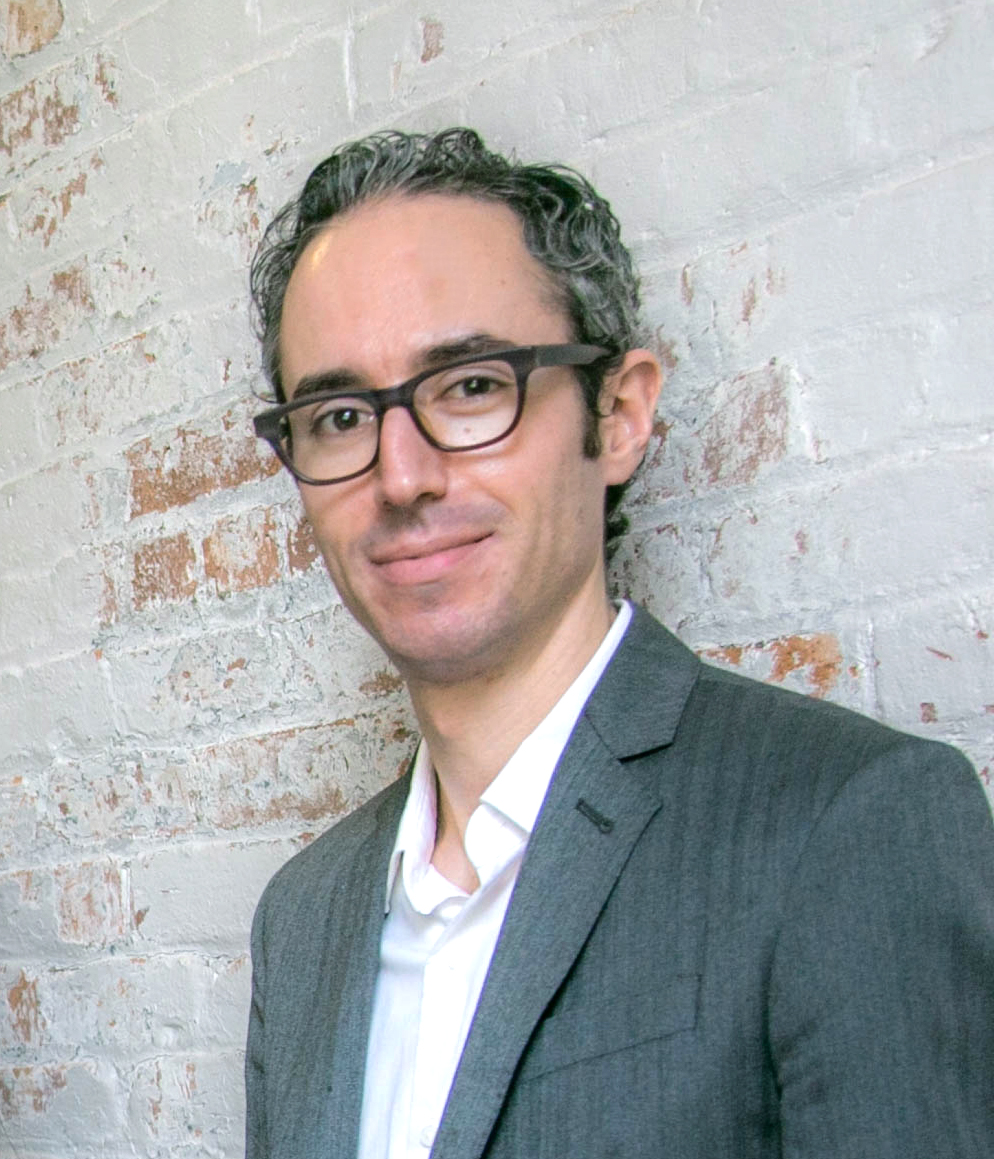
Brendan Embser is one of the five judges in the Professional Competition of the 2019 Sony World Photography Awards and is the managing editor of Aperture magazine.
When looking at photography, Embser always looks for two things - strong content and a strong concept. “The content can be very timely and worthy of attention, but if it’s not framed in a thoughtful, rigorous way, it’s not memorable,” he explains.
How did you become involved in photography?
In my early twenties, as a graduate student at New York University, I studied with the renowned historian and photographer Deborah Willis. At the time, I had become fascinated by the Malian photographers Seydou Keïta and Malick Sidibé, whose portraits have come to define life in Bamako in the 1950s and ’60s. Dr. Willis, who has since become a mentor and a frequent collaborator on Aperture magazine and Aperture book projects, encouraged me to continue studying photography. After graduate school, as the director of The Walther Collection, I worked with the photographers Samuel Fosso, Jo Ractliffe, David Goldblatt, Guy Tillim, Sabelo Mlangeni, Mame-Diarra Niang, and Zanele Muholi, among others, on several exhibitions in New York, Germany, and France, and on books published by Steidl. I also organized a solo exhibition by François-Xavier Gbré at Haverford College. In 2017, I helped to coordinate “Platform Africa,” a special issue of Aperture magazine focused on photography platforms across the African continent. I’m glad that I could connect my initial academic interest in photography of the African Diaspora to many exciting professional projects.
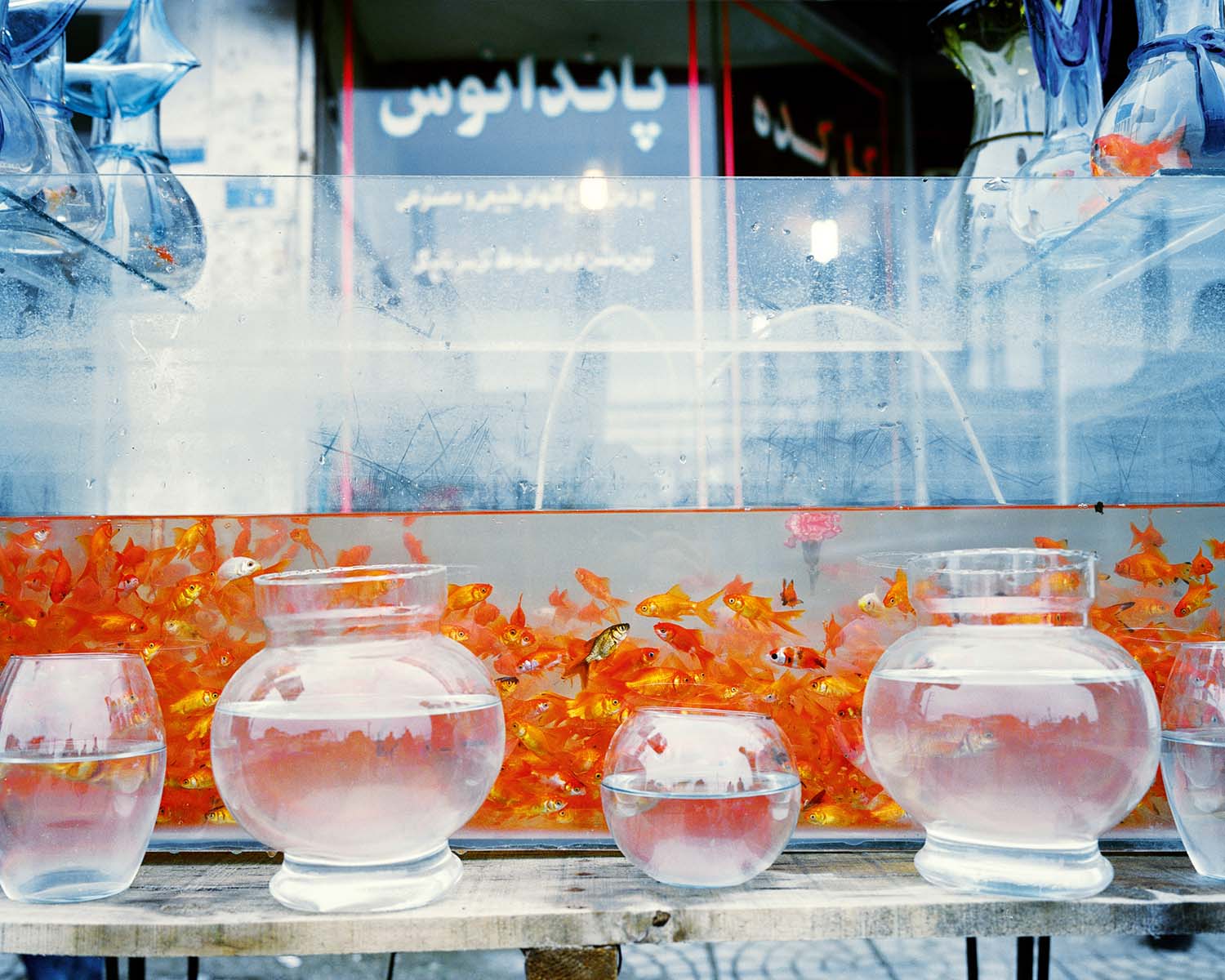
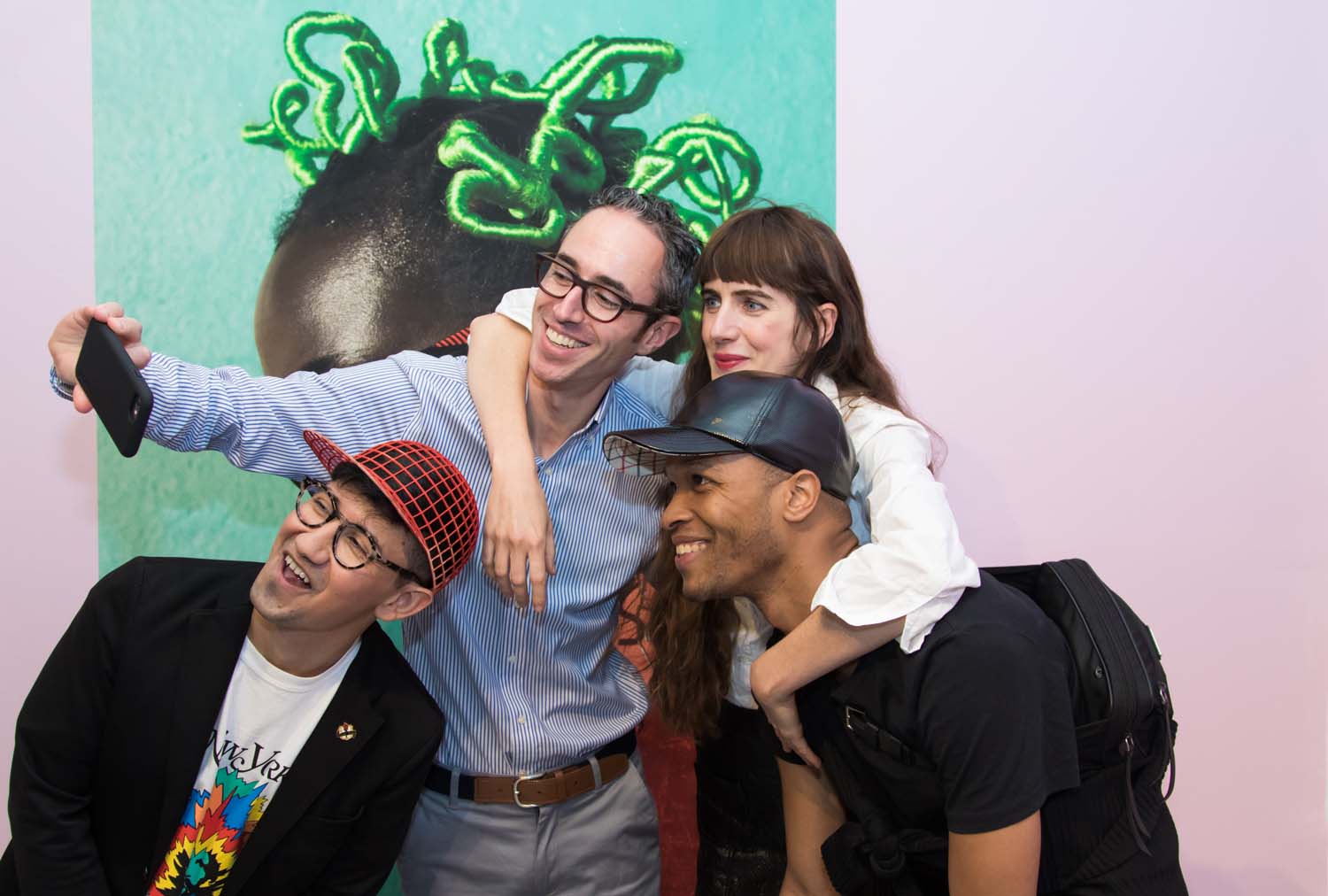
You are the Managing Editor, Aperture magazine. What are your main responsibilities? What do you enjoy doing the most?
My job is to work with all of the artists and writers, as well as our design and production teams, to bring every element of each issue together—on time! One of my favorite aspects of working at Aperture is the opportunity to collaborate with younger and emerging artists, both on the magazine and in the Summer Open exhibition, “The Way We Live Now,” which I co-curated in 2018. It’s been a pleasure to publish artists such as Elle Pérez, Samuel Gratacap, Kathya Maria Landeros, David Alekhuogie, Nadine Ijewere, Tyler Mitchell, Eli Durst, Olgaç Bolzap, John Edmonds, Nelson Morales, Abdo Shanan, Mimi Cherono Ng’ok, Ethan James Green, and Eric Gyamfi in Aperture, and then see their work continue to evolve and find exposure in other publications, exhibitions, and editorial commissions. I have also had the opportunity to edit a few book projects for Aperture, including Aperture Conversations: 1985 to the present (co-edited by Melissa Harris and Michael Famighetti), Deana Lawson: An Aperture Monograph (2018), Chloe Dewe Mathews: Caspian: The Elements (2018), a co-publication with Peabody Museum Press, and the upcoming monograph Ethan James Green: Young New York (2019).
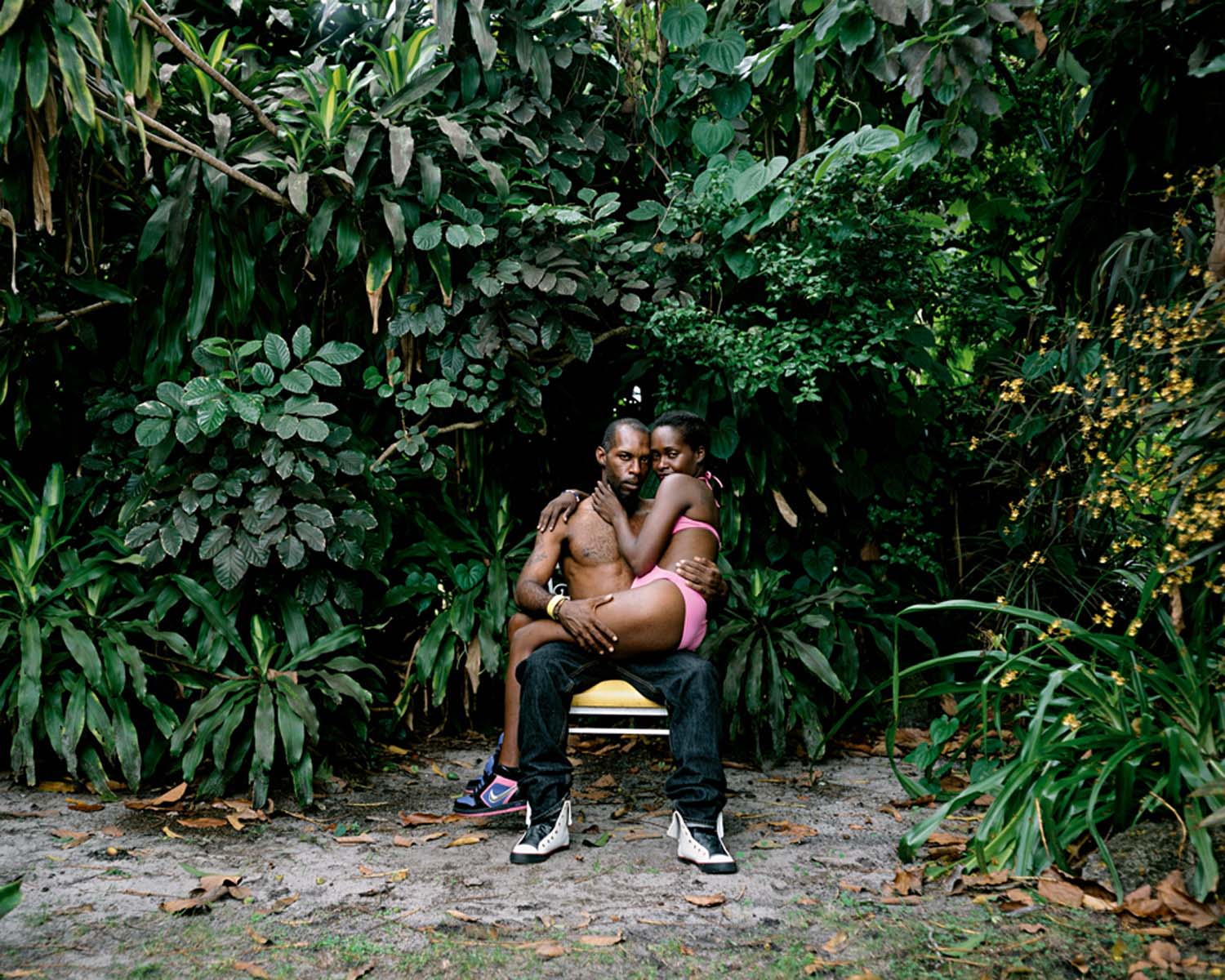
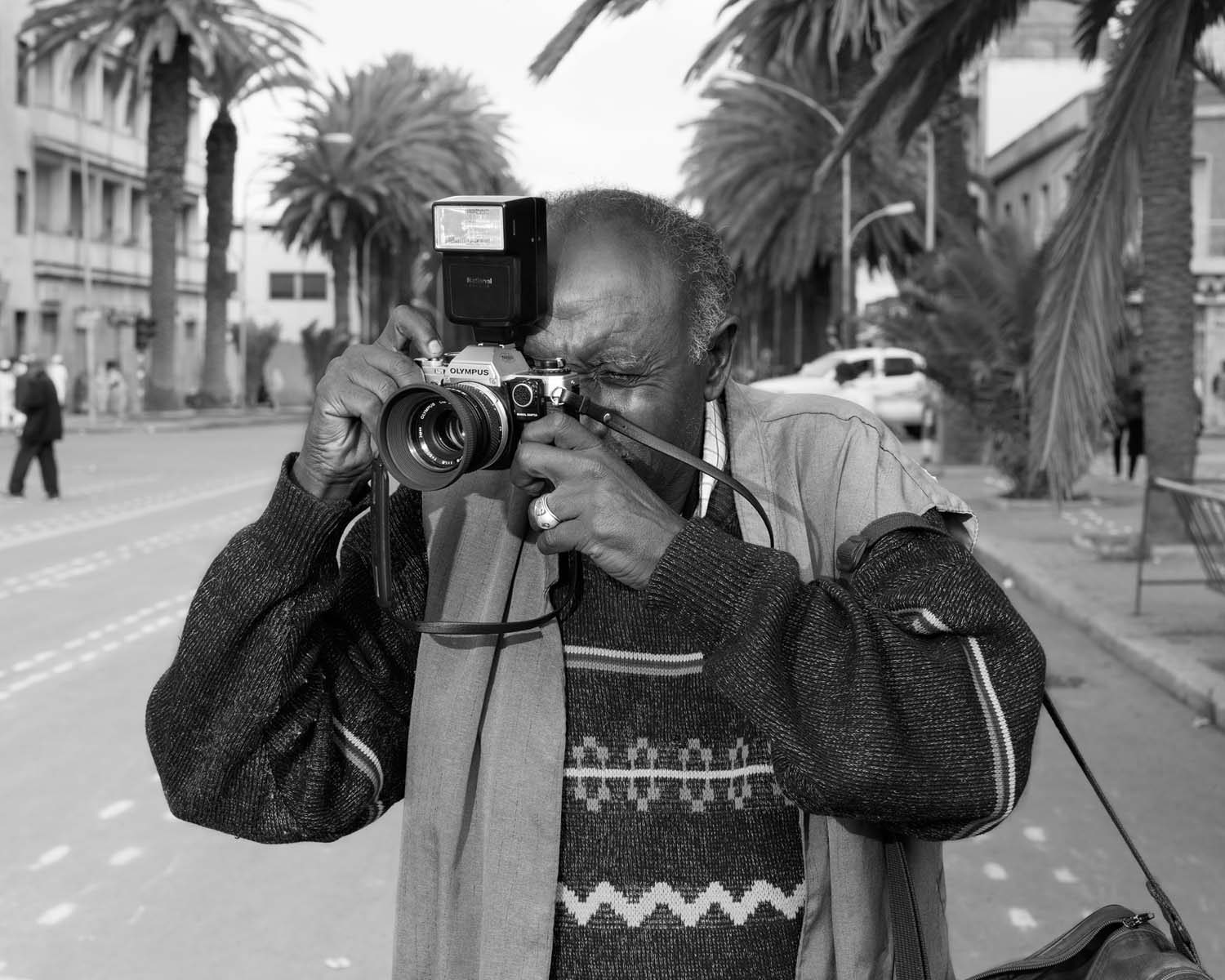
Can you tell us more about Deana Lawson’s book?
I began working with Deana Lawson on her first photobook in the winter of 2016. Together we selected an initial edit of her photographs from the last ten years, covering early work made when Deana was a resident at Light Work in Syracuse, New York, to photographs that were presented in the 2017 Whitney Biennial and her latest exhibition at Sikkema Jenkins & Co in New York earlier this year. We commissioned Arthur Jafa to interview Deana and Zadie Smith to write an essay. (Several months before the book was published, Zadie’s essay was adapted in The New Yorker.) Deana was highly involved in the layout of the book, which was designed by Duncan Whyte. Like her photographs, every detail was both intuitive and highly considered, from the plum sateen cover, to the rose gold title stamp, to the deep brown endpapers. The subtitle, An Aperture Monograph, references the iconic 1972 book Diane Arbus: An Aperture Monograph. An artist’s first book can shape the course of her career. With her first book, I feel Deana is in the company of Diane Arbus, Sally Mann, Nan Goldin, LaToya Ruby Frazier, and many of the other artists who have shaped not only Aperture’s legacy but also the history of twentieth and twenty-first century photography.
You are one of the judges in the Professional Competition of the 2019 Sony World Photography Awards. What advice would you like to give to the photographers entering the Competition?
I always look for two things: strong content and strong concept. The content can be very timely and worthy of attention, but if it’s not framed in a thoughtful, rigorous way, it’s not memorable. On the other hand, the concept can be brilliant and novel, but it needs to be connected to a topic that’s somehow urgent, and therefore addresses a newsworthy event or cultural theme with style, voice, and commitment.
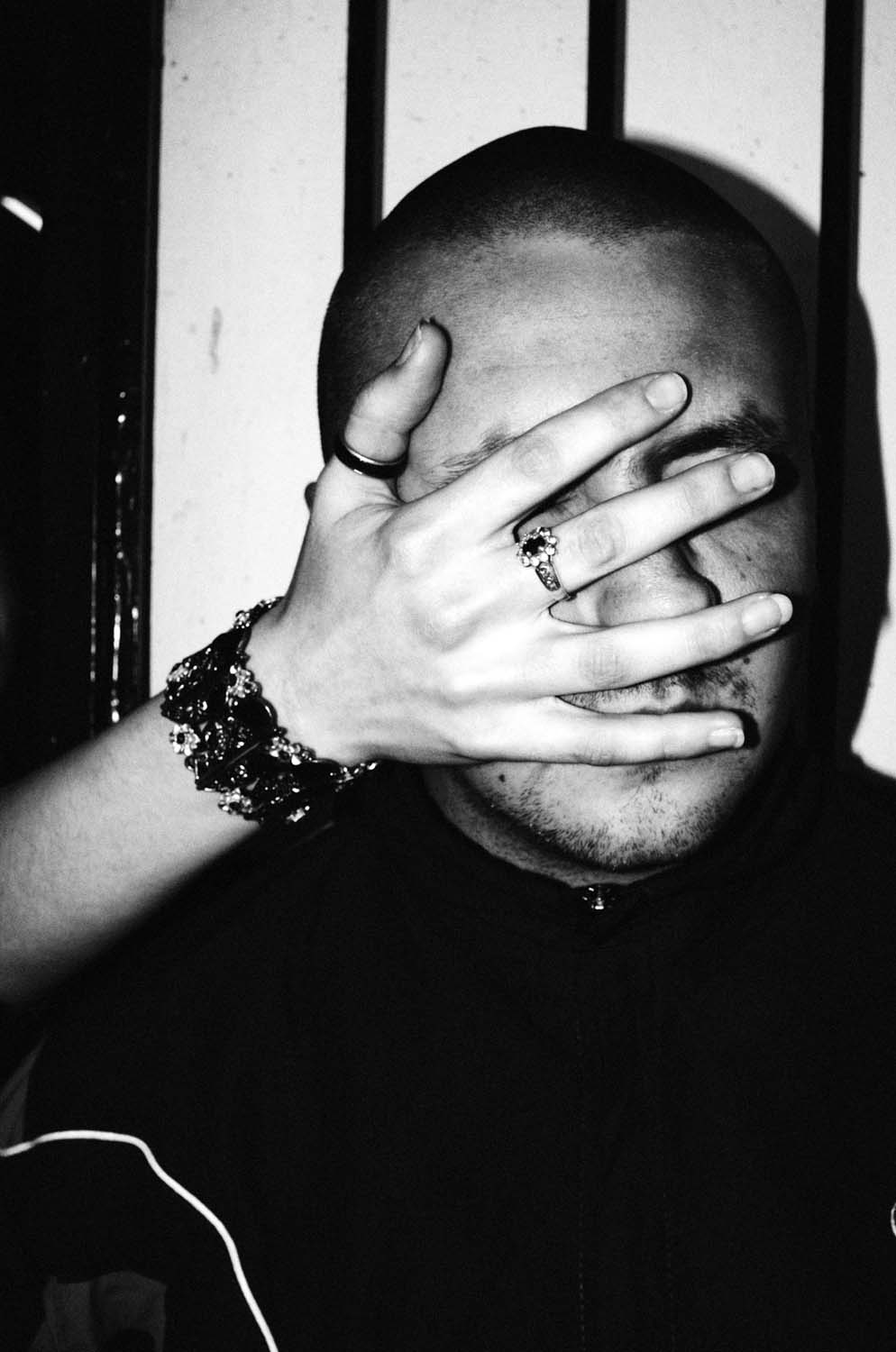
Who are your biggest photographer influences?
For years, I have admired David Goldblatt and his work. David, who passed away earlier this year, had an exceptionally precise method and insisted upon including long documentary-style captions with his photographs, even though he didn’t consider himself a photojournalist. In addition, David had a strong moral center of gravity that is reflected in nearly all of his pictures, sometimes subtly, sometimes dramatically. David’s photographs will teach you how to think about image-making beyond the decisive moment.
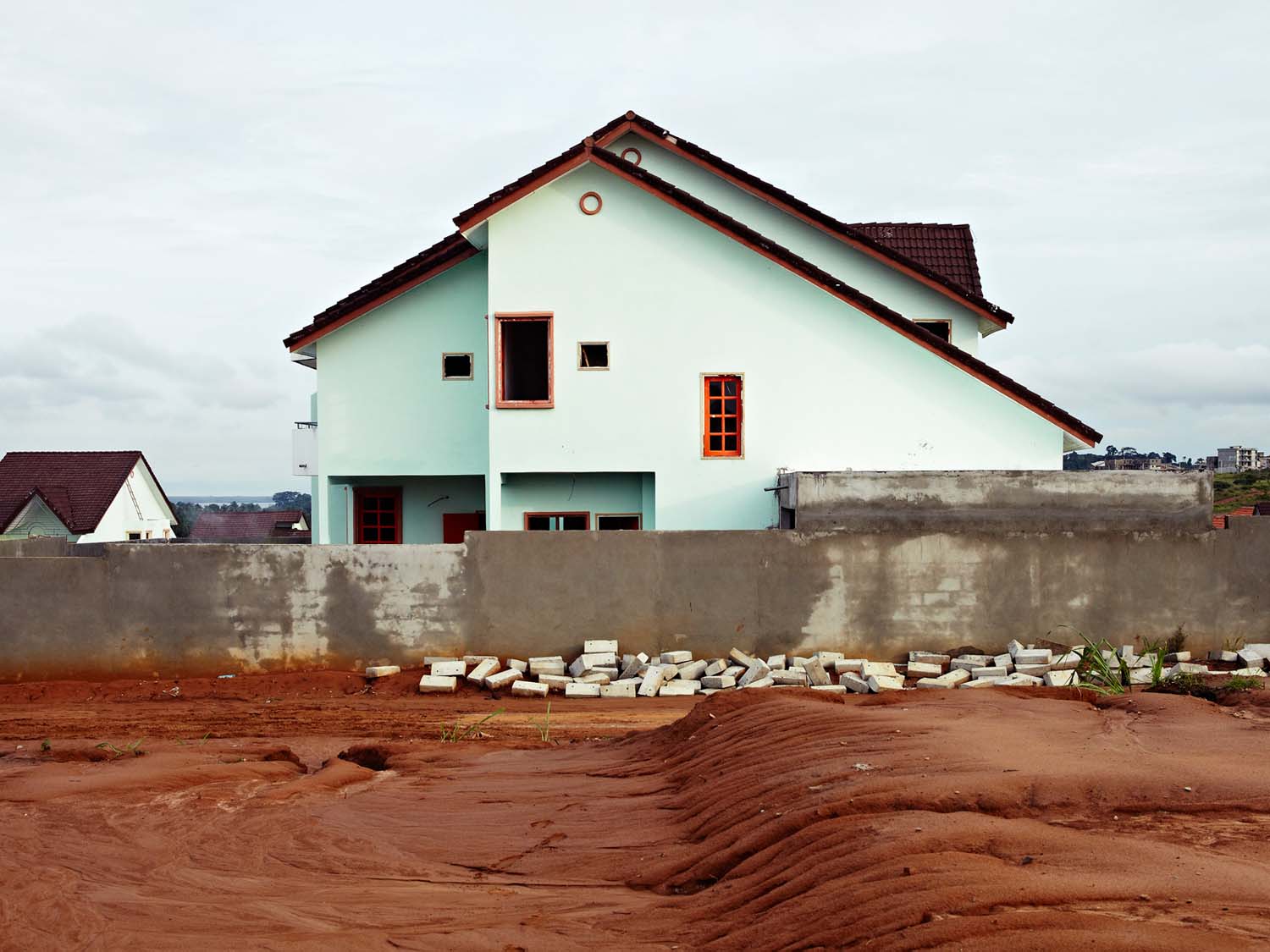
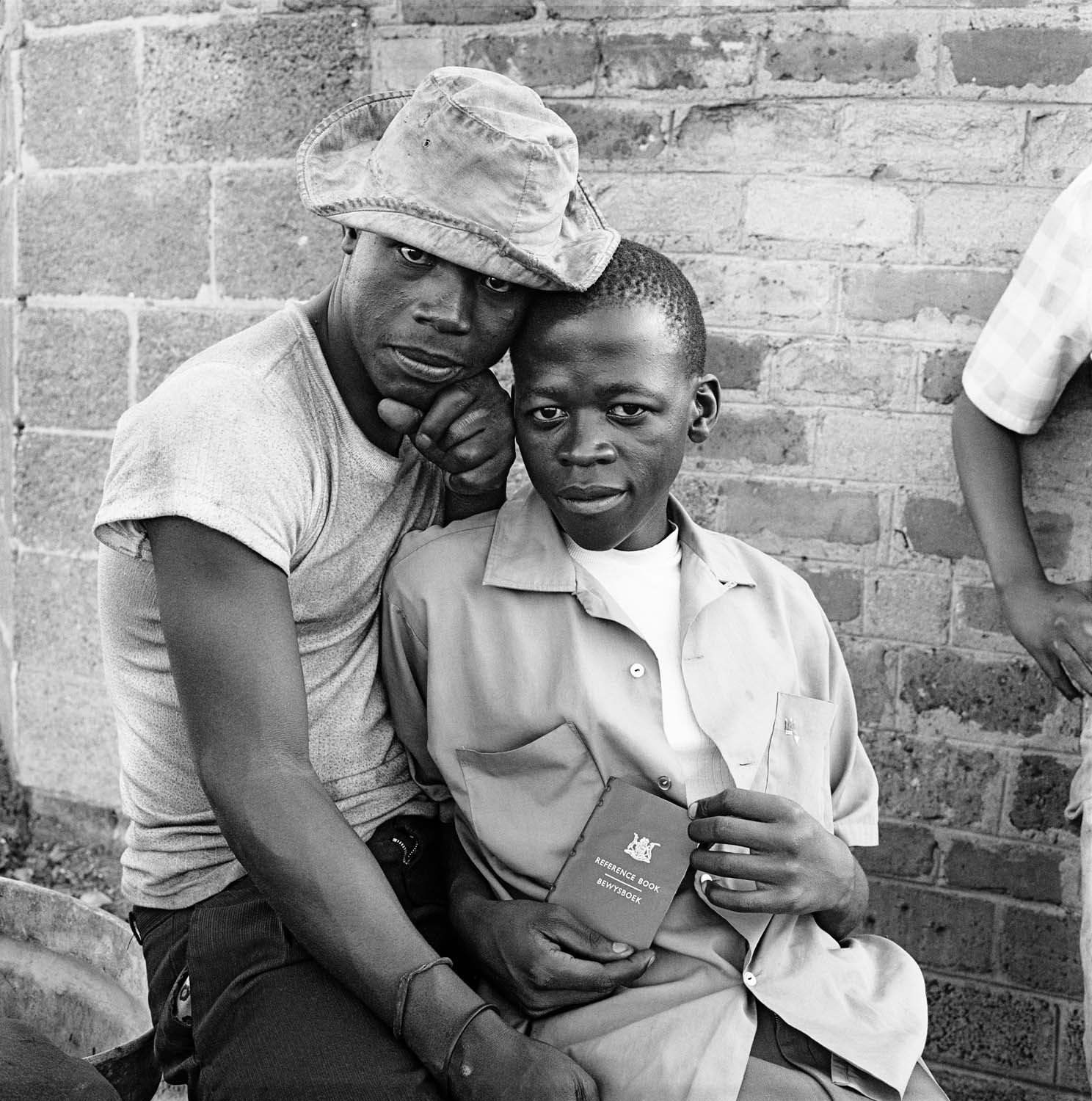
The Sony World Photography Awards exhibition is back with a powerful mix of photography and stories from around the world, featuring top talent and fresh perspectives.
Somerset House London, 17 April - 5 May.